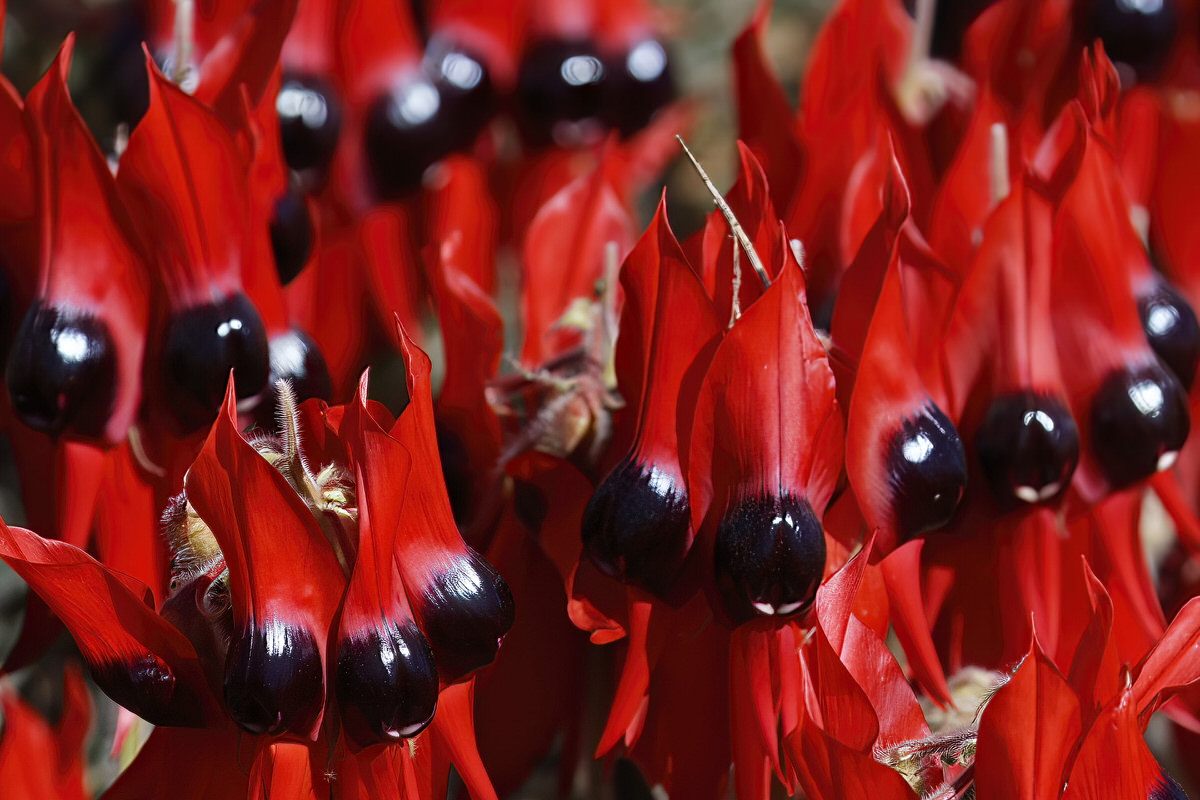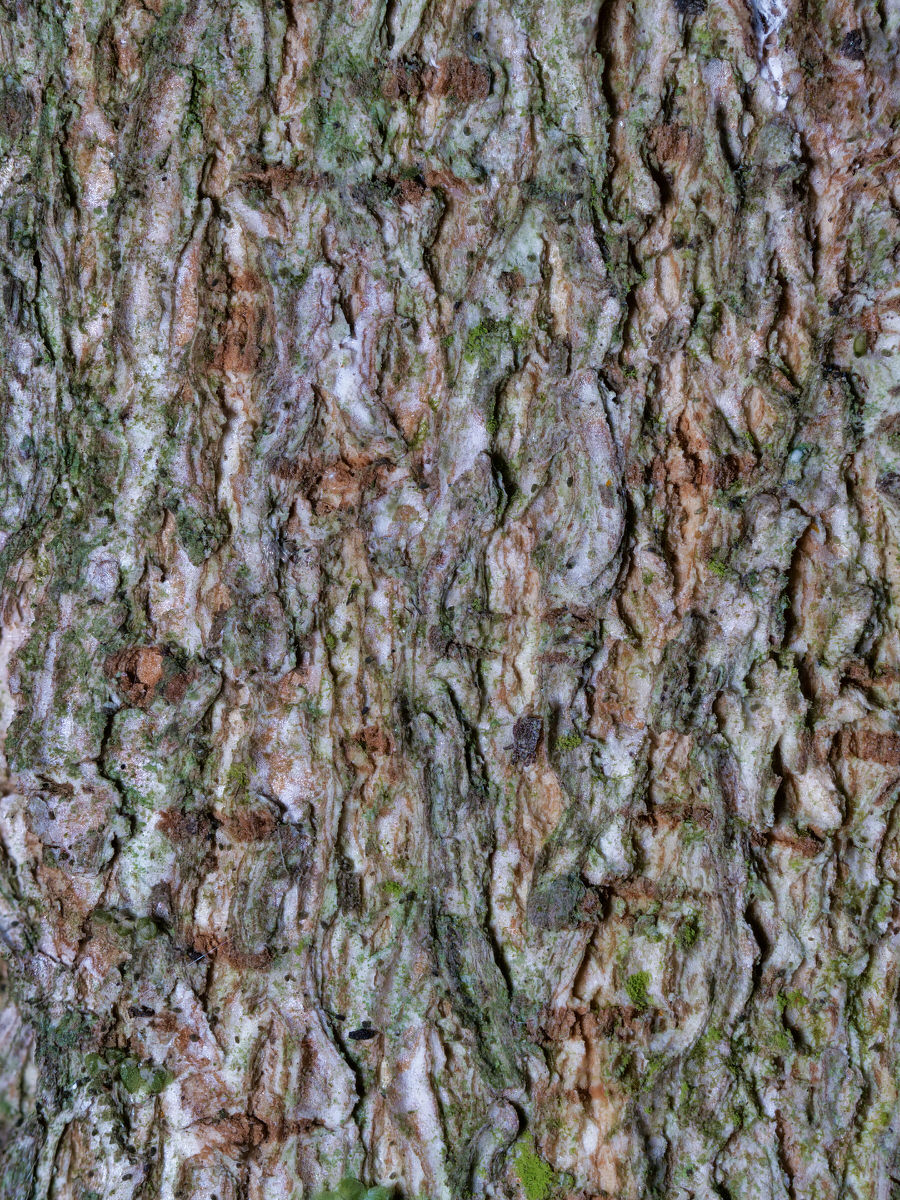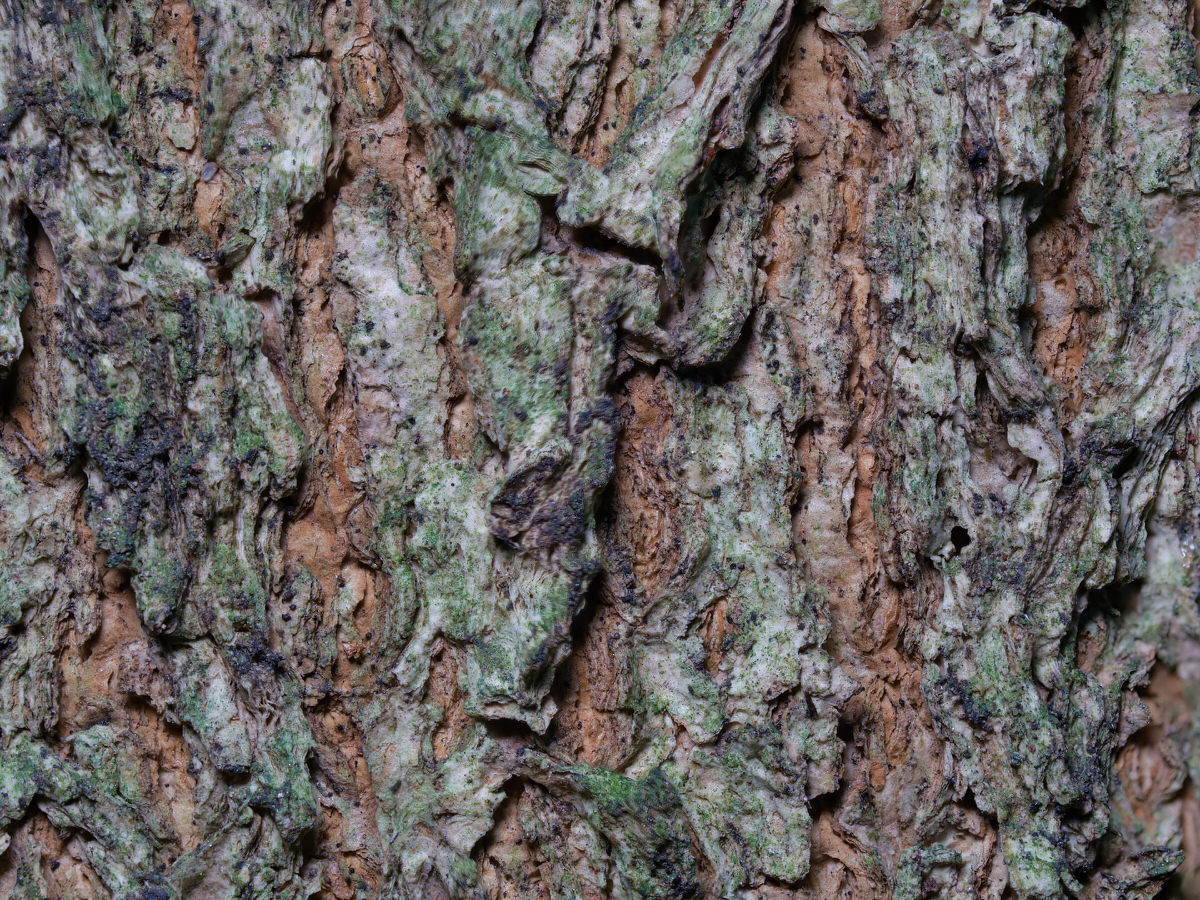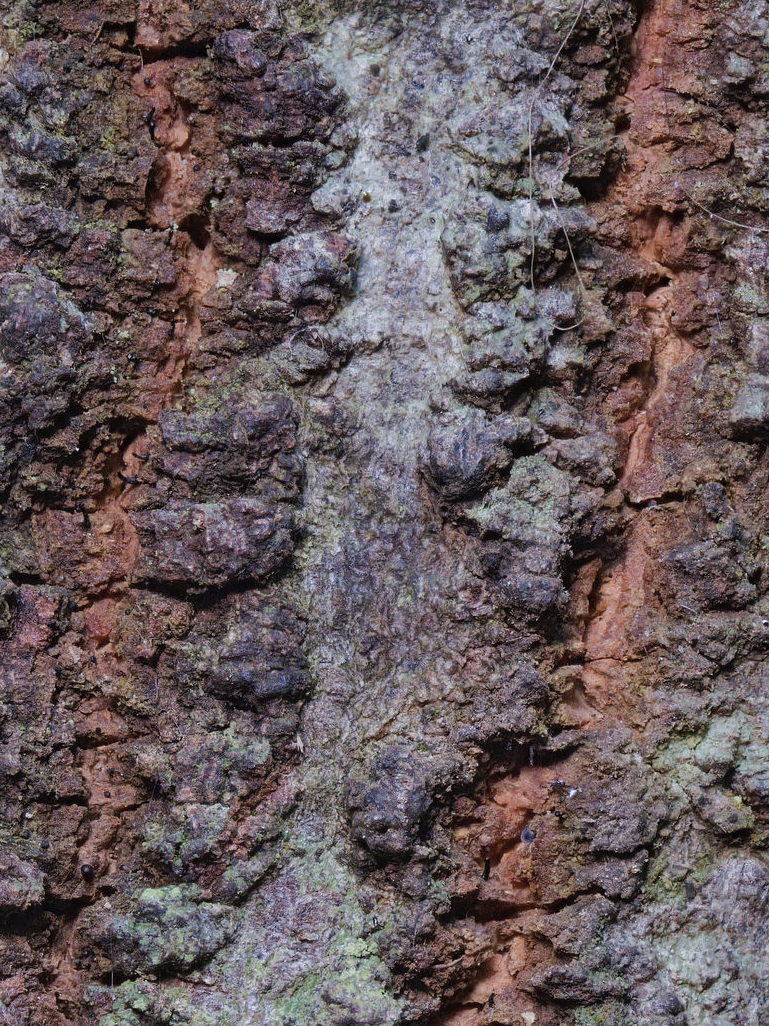The healthiest looking Dingo The Doc has seen in the bush, feeding off the rubbish dump at Innaminka in Outback South Australia. You can see rubbish in the background. Click on image to see full size.



The healthiest looking Dingo The Doc has seen in the bush, feeding off the rubbish dump at Innaminka in Outback South Australia. You can see rubbish in the background. Click on image to see full size.



Commonly known as the Sturt Desert Pea, floral emblem of South Australia. The dark eye version is from South Australia, the lighter coloured eye is the northern or WA form found in the Northern Territory and WA.
It is known by some other names as well including: Swainsona formosa, Showy Donia (G. Don 1832), Beautiful Donia (G. Don 1832), Dampier’s clianth (Veitch 1850), Dampier’s Clianthus (Hooker 1858), Sturt’s pea (Adelaide Advertiser 1858), Sturt pea (de Mole 1861), Captain Sturt’s desert pea (Aspinall 1862), Desert pea (Anon 1864), Sturt’s desert pea (Tenison-Woods 1865), Glory flower (Bailey 1883), Glory pea (Bailey 1883), Sturt’s glory pea (Anon 1886), Lobster claws (The Garden 1890), Blood flower (Parker 1898), Dampier’s glory pea (Guilfoyle 1911), Australian glory pea (Guilfoyle 1911), Dampier pea (Harris 1980).







Working through some images during lockdown. Some rare photos of the endangered Bridled Nail Tail Wallaby from AWC’s Scotia Sanctuary. Click on the image to see full size.







The other revelation of the colour palettes has been leaves green leaves using transmitted light. We normally look at leaves in reflected light, but transmitted light is when the light source shines through the leaf. Your reaction is to think they are just shades of green, but they are much more complex than that.
On my walk yesterday The Doc picked up some eucalyptus leaves which he identified as Eucalyptus baueriana, or Blue Box. The Doc found an immature leaf and a mature leaf and photographed both.
Here is the immature leaf, a fairly consistent green.

The palette reveals it is more complex 154 core colours!

The mature leaf has core colour palette with 254 colours, 100 more!

The Doc then took both images and looked at the combined colour palette from both, it was 242 colours. While there is an overlap in the colours, the various palettes demonstrate that the leaf over it life varies in colour. More than what we first think. The Doc noticed this in barks as well and it is obvious over the life of flower.
Creating the colour palettes for the barks, flowers and leaves has been an eye opener. Take Banksia blechnifolia, which The Doc thought was a fairly bland flower, at least as Banksias go. Here is the image:

At first glance it suggests a bland colour palette, until you analyse the palette. Here are the ten most dominant colours including Rose Gold, Big Dip O’Ruby and Turkish Rose:

Further analysis shows 178,775 total colours, comprising 179 core colours. And The Doc was thinking there was two main colours, white and rose-pink.


The Doc is stuck at home in a lockdown, but on virtual tour through some images. This one from Coffs Harbour with a storm over head.


PART 1 – DESCRIBING COLOUR
Tree barks are polymorphic, which means their colours and textures vary greatly. As fingerprints are for human’s, barks are for trees, unique. It is a key reason trees are rarely identified by their bark, but mainly by their leaves, flowers, fruits or seeds.
I wanted to describe my bark macro images with more objectivity for the Atlas of Living Australia (ALA). I set about trying to work out a way where I could broadly describe a bark’s colours and textures. I was not trying to be definitive or scientifically exact, but objective, descriptive and accurate. Simplicity would be a plus.
Bark’s age and type
A tree’s bark is influenced by many factors, but age is important. Wherever possible, I try and work out a tree’s age. My three broad categories are:
A barks colour and texture can vary greatly between the three ages.
When describing bark, I also try and work out whether the bark is initial periderm or active periderm (which can vary between young, mature and old trees). Generally, the resulting colour palette is a mixture of initial periderm (older/outer bark), the active periderm (young/inner bark) and any colour contamination caused by mosses, lichens or sap.
Whether the bark is initial periderm or active periderm is also important, but this will be discussed in Part 2 on textures.
Describing colour
Macro image creation
The colour palette is influenced by the way my macro images are created. Most of my images are created using this process:
My processed images look more colourful than the brown/grey hues seen in the usual photos taken of the whole trunk, due to careful lighting, correct exposure and processing. The images reveal what is really there if you look closely. Most images are 2X or 2.5X in magnification, so you can see much more detail, than you can with your eye looking at the bark in real life. The images show an area of bark roughly the size of a postage stamp! (Although more recently I have been add wider shots as well) . The exact area varies depending on the lens used and composition.
I am also trying to add the year the tree was planted and/or its height. I am using an iPhone app to get the tree height in the field called Arboreal. Android version also available.
Using the RGB colour palette
Computers use an RGB colour palette. It is additive palette made up of one or more of Red, Green or Blue colours (hence RGB).
The ALA images are mostly viewed on computer, tablet or phone screens. It made sense to use the RGB colour palette for my colour descriptions.
RGB colour palettes are commonly described by decimal values, hexadecimal values or names. I prefer colour names to their Hex code (#FFEBCD) or RGB decimal code (255, 235, 205). Otherwise known as Blanched Almond.
I looked for a way to choose a source image, broadly representing the bark type, and then create a colour palette identifying the ten most dominant hues (colours). If a species has considerable variation in its bark and I have enough samples, I will create a bark montage, trying to get a broader colour palette of the species.
The result for Owenia cepiodora (Onion Cedar) is:

Colour description using the screenshots
Using the ten dominant colours screenshot we can see the bark’s main hues are dark browns, grey and some red-browns. There are four brown hues, four grey hues and two red-brown hues including Bistre, Olive Drab, Taupe Grey, Dark Grey and Rosy Brown.
The palette not only tells you the names of the ten main colours, but more importantly is a visual guide to the main hues/colours in the image.
Why does the colour palette look slightly different to the image? In the colour palette you see each distinct colour, but the image is a mixture of these colours and many more. It is like looking at an artist’s various paint colours, before the colours are mixed on their palette and put on the canvas. The palette is just identifying the ten main colours used by nature, not how nature mixes all the colours.
The choice proved visually appealing, but also informative. I noticed colours in the palette not immediately obvious when I looked directly at the image. It improved my objectivity.
Colour’s complexity
Colours are very complex so I investigated other ways to use colour and reveal more information about an image, without undue complexity. I found an ImageJ2 plug-in (Fiji Distribution), called Color Inspector 3D. It allowed me to quickly identify all the colours and tonality in the image and reduce that complexity to a smaller list of core colours and tones, without materially changing the look of the image, using histogram mode to give the core colours. Using our source image, it yields this information: Colour Palette: RGB. Number of pixels: 786,432. All colours present: 133,130. Histogram core colours: 162.
RGB All colors screenshot

RGB Histogram screenshot

Color Inspector 3D shows the colours based not only on the Red, Green and Blue channels (see R, G and B on the screenshot), but also 256 shades of tonality. Darks (Blacks) on the bottom left (see 0) and Whites (Highlights) in the opposite corner which would be 255. There are 256 tones, as 0 is the first tone counted (255+1=256).
On our sample image, the plug-in can reduce the colours from 133,130 down to 162 with no obvious visual change to the image (occasionally some images do show a small change). Color Inspector 3D is only displaying 162 colours in the RGB Histogram screenshot. The eye and brain cannot discern the full 133,130 colours in the RGB All Colors screenshot, they need only 162.
Color Inspector 3D, in Histogram mode, allows you to export a LUT file setting out the colours and their frequency displaying in the Histogram. The LUT file for the 162 core colours is here. The LUT file, in csv format, gives the values for the red, green and blue channels making up the 162 core colours listed.
The plug-in allows you to rotate the colour square on the right in real time to better explore the relationship between the Red, Green, Blue channels and the tonality.
If the full range of screenshots are added to ALA, you see the source image (sometimes with a scale added), the colour palette of the ten dominant colours, then RGB All Colors screenshot followed by the core colours in the RGB Histogram screenshot. These last two screenshots are produced in Color Inspector 3D plug-in. These palettes allow a quick comparison and a deeper dive into the bark’s complex colour palette, than the ten dominant colours can. The viewer can make their own observations.
This approach has shown how lacking some descriptions of bark colours are. I have seen examples where the dominant hue is not even mentioned (which could also be caused by bark variation). Instead of making subjective comments about colours, this approach is more objective, visual and descriptive, thanks to the computer.
Hue, saturation, lightness (HSL)
When processing images it is common to make Hue, Saturation and Lightness adjustments (HSL). Hue is what colour, saturation is how much colour and lightness is the brightness of the colour (or its tonality from light (white) to dark (black)). Screenshots of HSL All Colors and HSL Histograms are also supplied using HSL. It gives more insight into the colour palette than RGB alone, like this:
HSL All Colors screenshot

HSL Histogram screenshot

Colour description using the screenshots
Using the ten dominant colours screenshot we can see the bark’s main hues are dark browns, grey and some red-browns. There are four brown hues, four grey hues and two red-brown hues including Bistre, Olive Drab, Taupe Grey, Dark Grey and Rosy Brown.
Looking at the 162 core colours, they are in the midtones with some darker brown hues but minimal grey highlights (the two Histogram screenshots). Both All Colors screenshots confirm this.
Some darker brown hues are heavily saturated, while a few grey hues reach up into the highlights (HSL Histogram screenshot).
Word of warning
I am using the palettes as a visual guide. The total number of colours could be overstated in some images, because the software may read, for example, the shadow areas in the image as darker colours, when in fact they would be more akin to the main colours. I place more emphasis on the ten dominant colours and the core colours, than the total number of colours. Warning: using the sRGB colour palette, instead of the AdobeRGB palette, can also increase the number of core colours in the same image (at least in the tests I did).
Colour managed computers
Most computers are not calibrated to correctly display colours. My images are processed on a professional grade, calibrated colour monitor.
One advantage of my approach is the source image and the colour palettes will display consistently wrong on any uncalibrated monitor (between the images in a set).
PART 2 – DESCRIBING TEXTURE
I was thinking about a document where the key characteristics of the bark (flower or leaf), both colour and texture could be summerised and described. Again the objective was for the descrition to be objective, descriptive and accurate The document goes with the various screenshots posted in Part 1. There are three parts to the document
1. General description
Here I describe the scientific name, common names, the tree’s age and height (if known). If the image is bark, I also describe the periderm, which is mainly initial periderm (older/outer bark) or active periderm (young/inner bark).
2. Color description
The colour information is extracted from the screen captures from Color Inspector 3D, discussed in Part 1. It covers pixels numbers, total colours, core colours and other relevant information.
3. Texture description
This part describes attributes of the bark based on 18 categories. A visual guide is provided, with a discussion of lenticels, ridges, furrows, scales and plates. The 18 categories are based on those described in Tree Bark: A Color Guide, Hugues Vaucher, 2003. The additional discussion of lenticels, ridges, furrows, scales and plates is based on Bark: A Field Guide to Trees of the Northeast, Michael Wojtech, 2011.
It makes sense when you look at a sample document, here Owenia cepiodora.
The Doc has been busy over the past couple of weeks processing bark images from Lismore Botanic Gardens plus some from the archives, over 300 images. A small sample from the colourful Corymbia family. Click on images to see them at at full size.







The BLE Battery Monitor was reviewed here.
All three BLE battery monitors have now been working for 12 months, monitoring two AGM batteries and now one Lithium battery. All are still working. The original review stands after 12 months.
Parasitic drain
The BLE battery monitor does have a parasitic drain on the battery which cannot be picked up by the Battery Management System on The Doc’s Invicta 125 Ah lithium battery. So the battery can be slowly drained over time with the BMS still showing a 100% charge. It seems the draw of the BLE and the BMS itself are too small for the BMS to monitor.
BLE App being updated
The BLE App has been updated probably three times over the year. Minimal features upgraded, but good it is to see regular maintenance updates.
Lithium battery issues
The BLE is not designed to be used on Lithium batteries, so it does not properly monitor the charge, as a Lithium battery has a different voltage profile to an AGM. The BMS has a Bluetooth module that communicates to the Invicta’s App, giving The Doc all the details about the battery. The BLE allows The Doc to see what happens over 30 days and graphs that data. UPDATE: BLE has released a Lithium version of the battery monitor.
Conclusion
Money well spent.


A few visits to the Lismore Rainforest Botanic Gardens has yielded more bark images. Plenty more to come.
The Doc will probably leave Ballina tomorrow and return to Sydney.







You must be logged in to post a comment.